Do you love autumn as much as we do? The crisp air. The cozy sweaters. And perhaps most importantly, the colorful array of veggies! As the temperature drops, delicious produce thrives, making the harvest season a great time to transition from summer veggies and into hearty and nutrient-packed fall vegetables!
Are you a seasoned gardener or farmers’ market enthusiast? Either way, fall has something for everyone. So, let’s talk about what’s waiting for you this fall.
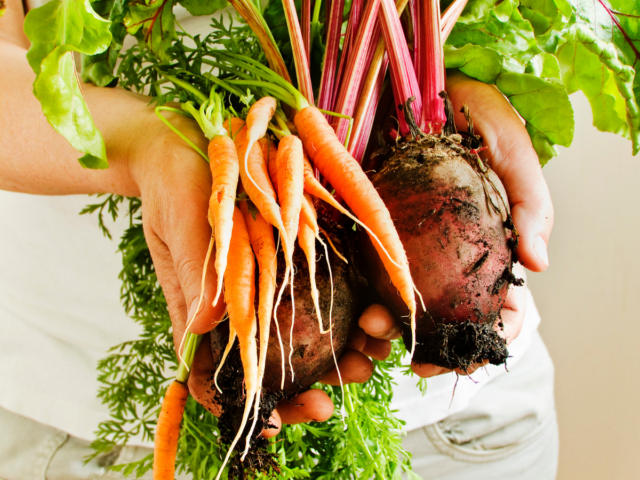
What’s in Season For Fall?
What’s in season during the fall harvest, you ask? Well, for one, root vegetables like carrots, turnips, and sweet potatoes. These bad boys of autumn can handle cooler weather with ease. Also, plenty of cruciferous vegetables like Brussels sprouts, broccoli, and cauliflower, and leafy greens like kale, collard greens, and Swiss chard. For some of these veggies, the light frost makes them taste even better.
Let’s dive into some of the benefits and uses of these in-season veggies.
Cruciferous Veggies
Brussels Sprouts
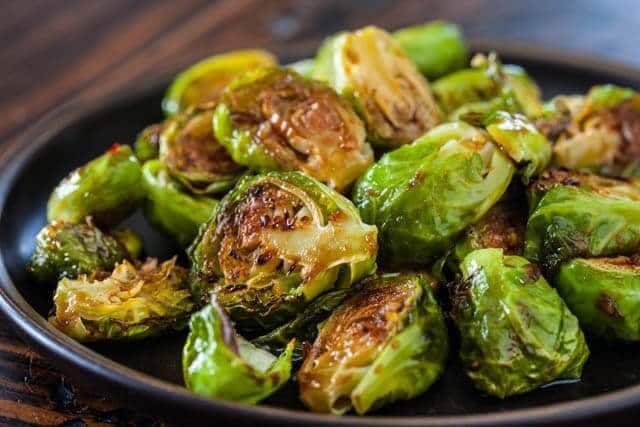
Once the bane of every picky eater’s existence, these mini-cabbages have made quite the comeback in recent years. And it’s all in how you prepare them! You can roast them to crispy perfection with a little olive oil and a sprinkle of salt or a bit of maple syrup for a sweet, caramelized finish. You can even add in some bacon bits to make them savory or shred them raw into salads for a crunchy texture.
Your body will be glad you did because Brussels sprouts are PACKED with nutrients, like vitamins C and K, which support immune health and bone strength. They’re also a great source of antioxidants and are high in fiber for healthy digestion and a lower risk of chronic diseases.
Check out our recipe for Roasted Brussel Sprouts With Cranberry Pistachio Pesto here!
Broccoli
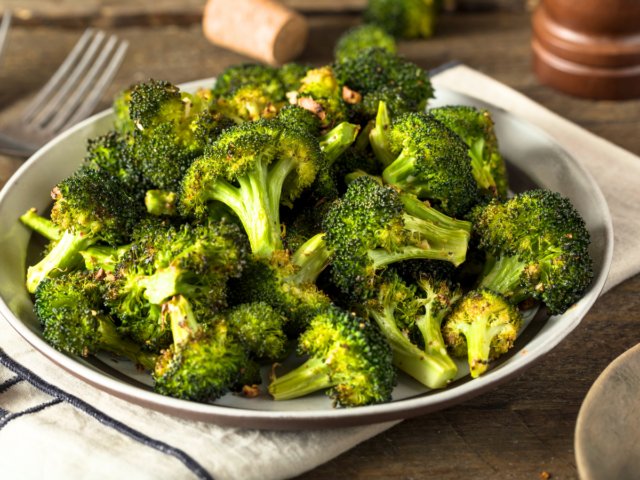
Ah, broccoli. The veggie our parents were always trying to get us to eat. And for good reason! Health-wise, broccoli is a powerhouse of nutrients. Like Brussels sprouts, it boasts a wealth of vitamins C and K, as well as potassium, calcium, and iron. Broccoli is also rich in fiber, and contains antioxidants like sulforaphane, which has been linked to a lower risk of certain cancers. Bonus, it’s also a great source of folate, which supports brain health.
You can roast broccoli to get a nutty flavor, and pair it with olive oil, garlic, or a squeeze of fresh lemon juice. It’s also delicious when steamed as a tender side dish, stir-fried with other veggies, or tossed it into pasta for a super easy dinner. And if you want to get real fancy, you can even try blending it into cream of broccoli soup for a cozy meal.
Want an easy to way to cook broccoli, check out our Steamed Broccoli In The Microwave post for a quick and easy method!
Cauliflower

We all know just how wildly versatile cauliflower has become in recent years. It can be used as a low-carb alternative to mashed potatoes, made into cauliflower rice, enjoyed as a vegan substitute for buffalo wings, and even turned into pizza crust! Roasting it can bring out its slightly sweet, nutty flavor, and it’s ridiculously amazing when tossed with olive oil and your favorite spices like smoked paprika or cumin.
Because it’s a close cousin to broccoli, it boasts a lot of the same health perks, while also being low in calories, which makes it amazing swap-out for less healthy foods or enjoyed on its own.
Root Vegetables
Sweet Potatoes
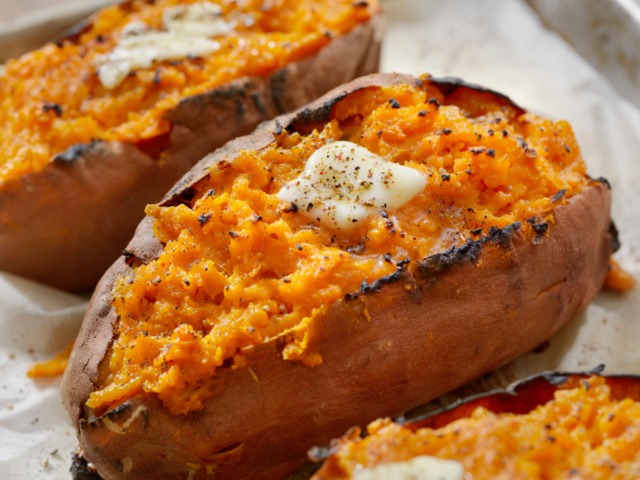
Root vegetables store energy in their roots, making them naturally rich in carbohydrates, fiber, and a ton of other essential vitamins and minerals, and sweet potatoes are no exception. These little spuds of deliciousness are rich in beta-carotene to support eye health and boost your immune system. They also contain fiber, potassium, and vitamin C, so they’re great for digestion and your overall well-being.
What’s more, you can mash them, roast them, or turn them into sweet potato fries and pies. There’s really no wrong way to enjoy them.
Carrots
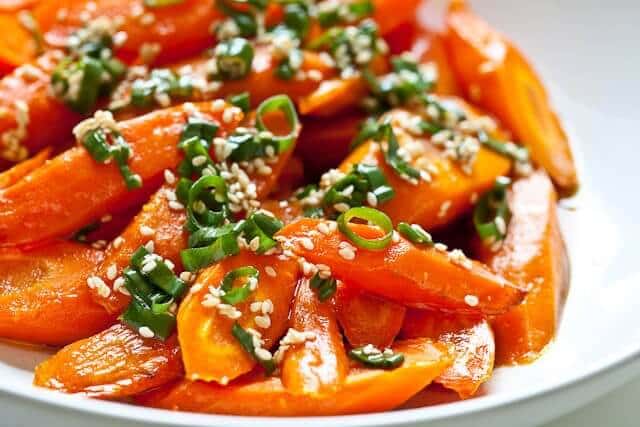
This sweet, crunchy darling of the root vegetable brigade is great for snacking raw, shredding into salads, or roasting to bring out their sweetness. You might even glaze them with a little honey or maple syrup for an addicting side dish, or toss them into soups and stews for a little extra flavor. Heck, you can even use them in baked goods like carrot cake or muffins. They’re quite a versatile treat!
Carrots are famous for being rich in beta-carrot-tene (see what we did there?), which your body converts into vitamin A for eye health and glowing skin. They’re also packed with antioxidants to help protect against free radical damage, AND, they offer a great boost of vitamin K and potassium to keep your bones strong and your heart healthy.
Turnips
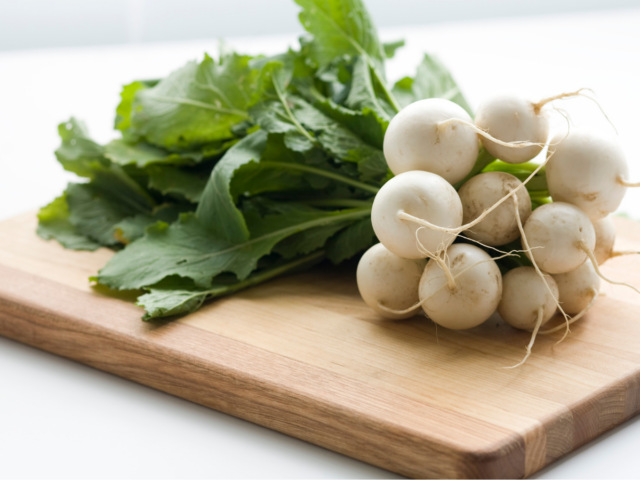
Let’s face it. Turnips don’t get as much attention as other root veggies, but they really should. Their peppery flavor gives a unique kick to many a dish, like mashed potatoes, and they roast up beautifully with some olive oil, salt, and herbs. Turnips are great in soups, stews, and casseroles, and you can even enjoy them raw in salads for a crunchy, spicy boost.
Turnips are also packed with nutrients and they’re low in calories. Their vitamin C content boosts the immune system and promotes healthy skin, while their potassium content helps regulate blood pressure.
Leafy Greens
Swiss Chard
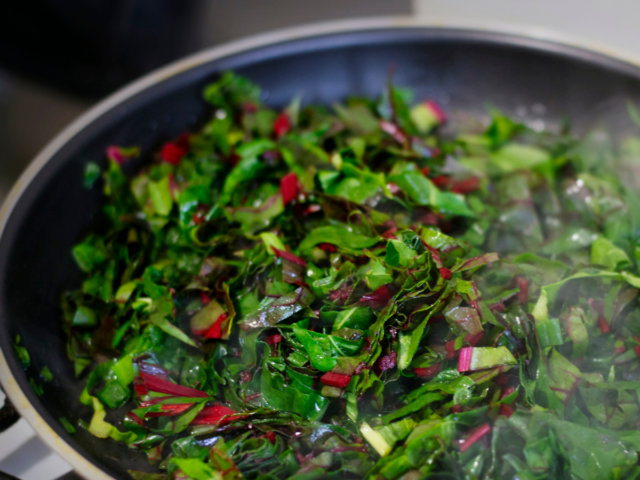
With its bright red, yellow, and orange stems, Swiss chard makes for a quick and easy side dish when sautéed with olive oil and garlic. It also makes a great addition to soups and stews when you’re looking to add some extra nutrients. Add it to stir-fries, mix it into frittatas, or use its large leaves as wraps to make your meal low-carb.
However you choose to use it, Swiss chard offers vitamins A, C, and K, which are great for eye health, immune function, and strong bones. It’s also a great source of magnesium and potassium to regulate blood pressure and support heart health. Swiss chard is also high in fiber for healthy digestion, and its antioxidants help to reduce inflammation and protect against chronic diseases.
Kale
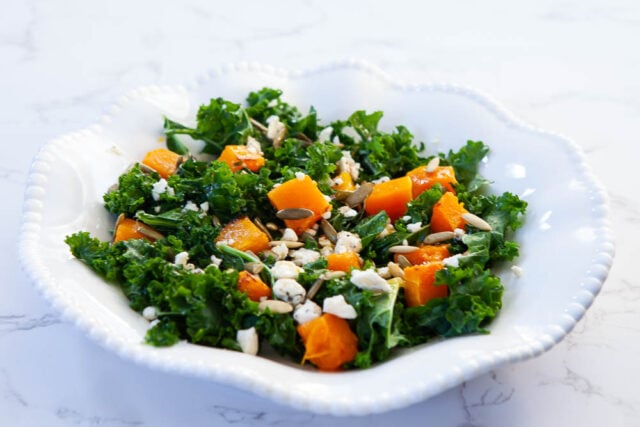
We all know Kale is regarded as a superfood. Why? Because not only can it be enjoyed in a variety of ways—massage it with olive oil to make a salad, bake it to make crispy kale chips, or toss it into smoothies for a nutrient boost—but also because it’s packed with vitamins A, C, and K, and a wealth calcium, making it great for bone health. It’s also loaded with antioxidants to help fight inflammation, and contains compounds like sulforaphane, which have been linked to cancer prevention.
Looking for other uses for this amazing veggie? Sauté it with garlic and lemon, add it to soups, or blend it into a pesto for a unique spin!
Collard Greens
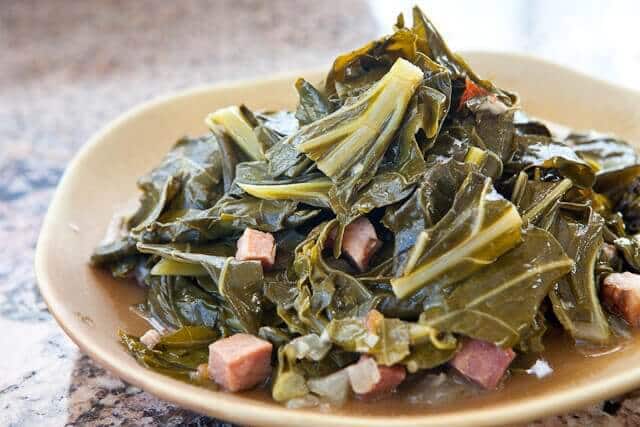
A Southern staple that deserves a spot on everyone’s table, collard greens are traditionally braised with a bit of bacon or smoked meat, but they’re also delicious when sautéed with garlic or used as wraps for a low-carb alternative to tortillas. They’re super hearty, which makes them great in soups, stews, and even casseroles, giving all of them a subtle buttery flavor.
Don’t even get us started on the health benefits of collard greens! They’re rich in vitamins A, C, and K, and support everything from vision to bone strength to immune health. Their fiber content keeps you feeling full longer, and they’re chock full of calcium, making them extra great for bone health.
Butternut Squash
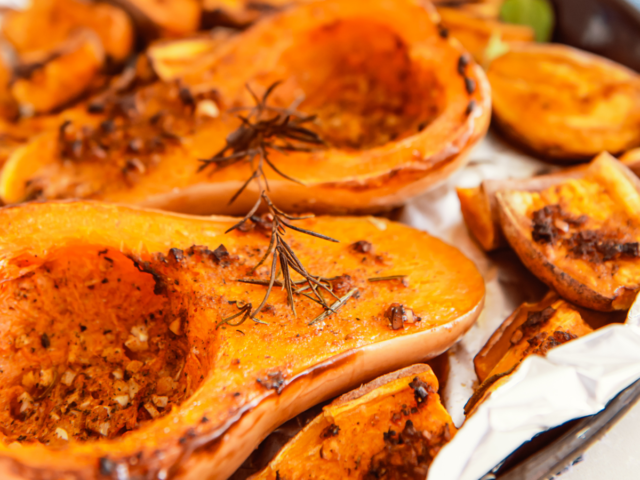
No autumnal veggies list is complete without butternut squash. There is perhaps no greater comfort produce for the season. It’s sweet, it’s nutty, and it’s perfect for soups, roasting, and even stuffing into ravioli. It’s packed with vitamin A, potassium, and fiber, and is a great low-calorie option for filling you up without weighing you down. If you’re looking for a quick, warming dish, roasting butternut squash cubes with olive oil, sage, and a dash of cinnamon is everything you need.
When to Buy What
Fall is the best time for cool-weather crops, and buying your produce at the right time will help you take advantage of optimal flavor and freshness. Here’s a factual guideline on the best time to buy fall vegetables to make sure you’re getting them at peak season!
Early Fall (September to Early October)
These veggies are at their best when weather starts to cool but hasn’t hit frost levels yet:
- Broccoli
- Cauliflower
- Green Beans (still available from the end of summer harvest)
- Swiss Chard
- Brussels Sprouts
- Cabbage
- Leafy Greens (like spinach and arugula)
Mid Fall (October to Early November)
When the days get shorter and the air gets cooler, these vegetables hit their best flavor:
- Carrots
- Beets
- Turnips
- Sweet Potatoes
- Kale (really good right after a light frost)
- Pumpkins
- Butternut Squash
- Collard Greens
- Radishes
Late Fall (November to Early December)
As the frost hits and temperatures drop, these hearty vegetables hit their stride:
- Parsnips
- Rutabagas
- Leeks
- Celery Root (Celeriac)
- Winter Squash (including acorn, spaghetti, and kabocha)
Fall Fruits (All Autumn Long)
We’re throwing in some fall fruits because everyone loves a little sweetness!
- Apples (peak season begins in early fall and continues through late fall)
- Pears (best in early to mid-fall)
- Cranberries (available fresh in late fall)
Tips for Storing Fall Vegetables
Proper storage will ensure you get the most out of your fall veggies. Here’s how to store them.
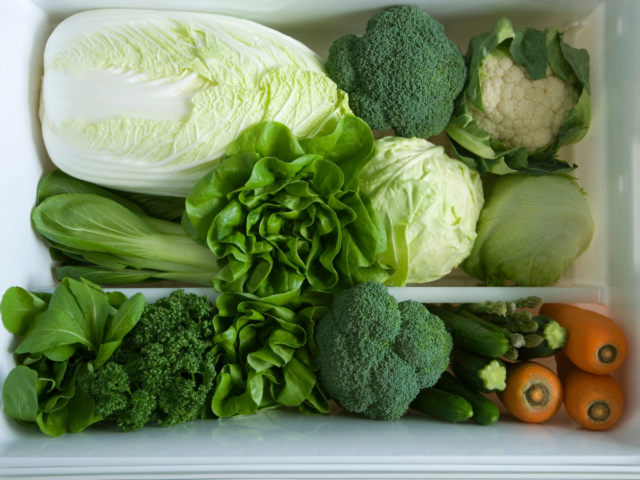
Storing Fall Vegetables
- Root Vegetables (Carrots, Beets, Turnips, Parsnips)
- Storage: Store root crops in a cool, dark place like a root cellar or the crisper drawer of your refrigerator. Make sure to remove any leafy tops to prevent them from drawing moisture that can cut their life short.
- Shelf Life: Weeks to months when stored properly.
- Bonus Tip: Keeping them in slightly moist sand or sawdust in a cold area is a great long-term storage if refrigeration isn’t an option.
- Winter Squash (Butternut, Acorn, Spaghetti, Pumpkin)
- Storage: Keep these in a cool, dry place at room temperature, and away from direct sunlight. Make sure they are fully cured first (the skin should be hard and unblemished) before storing.
- Shelf Life: Up to 3 months or more if stored properly.
- Bonus Tip: Check your squash regularly for any soft spots and use those squash first to avoid spoiling the rest.
- Brussels Sprouts
- Storage: Store unwashed Brussels sprouts in the crisper drawer of your fridge (on the stalk or individually)
- Shelf Life: 1-2 weeks in the fridge.
- Bonus Tip: If they’re still on the stalk, leave them attached to extend their freshness.
- Leafy Greens (Kale, Swiss Chard, Collard Greens)
- Storage: Wrap in a damp paper towel and store in a breathable bag in your fridge’s crisper drawer. Avoid crushing them under heavier items.
- Shelf Life: At least a week, but can stay fresh for 10 days with proper storage.
- Bonus Tip: If you see the greens start to wilt, a quick soak in cold water will revive their crispness.
- Cabbage, Cauliflower, and Broccoli
- Storage: Store in the fridge in perforated plastic bags or loosely wrapped in plastic. Air circulation is important to keeping them fresh.
- Shelf Life: Cabbage can last up to a month. Cauliflower and broccoli typically last 1-2 weeks.
- Bonus Tip: Don’t wash them before storing! Excess moisture can cause them to spoil faster.
- Celery Root (Celeriac)
- Storage: Keep in a cool, dry place or in your fridge, wrapped in plastic or in a plastic bag.
- Shelf Life: 3-4 weeks in the fridge.
- Bonus Tip: When storing in the fridge, cut off any greens first, as they’ll pull moisture from the root.
Other Fall Posts & Recipes To Check Out:
- 5 Healthy Fall Buddha Bowls
- Vegetable Quinoa Pilaf with Honey Mustard Chicken Recipe
- How To Make Vegetables Last Longer
Fall Into the Season!
While warmer weather has its perks, the fall season offers us a wealth of unique, healthy veggies that are super versatile and incredibly delicious. What are you enjoying this time of year? What’s your favorite fall produce? We’d love to hear about it! Be sure to leave a comment letting us know what you love about autumn veggies.


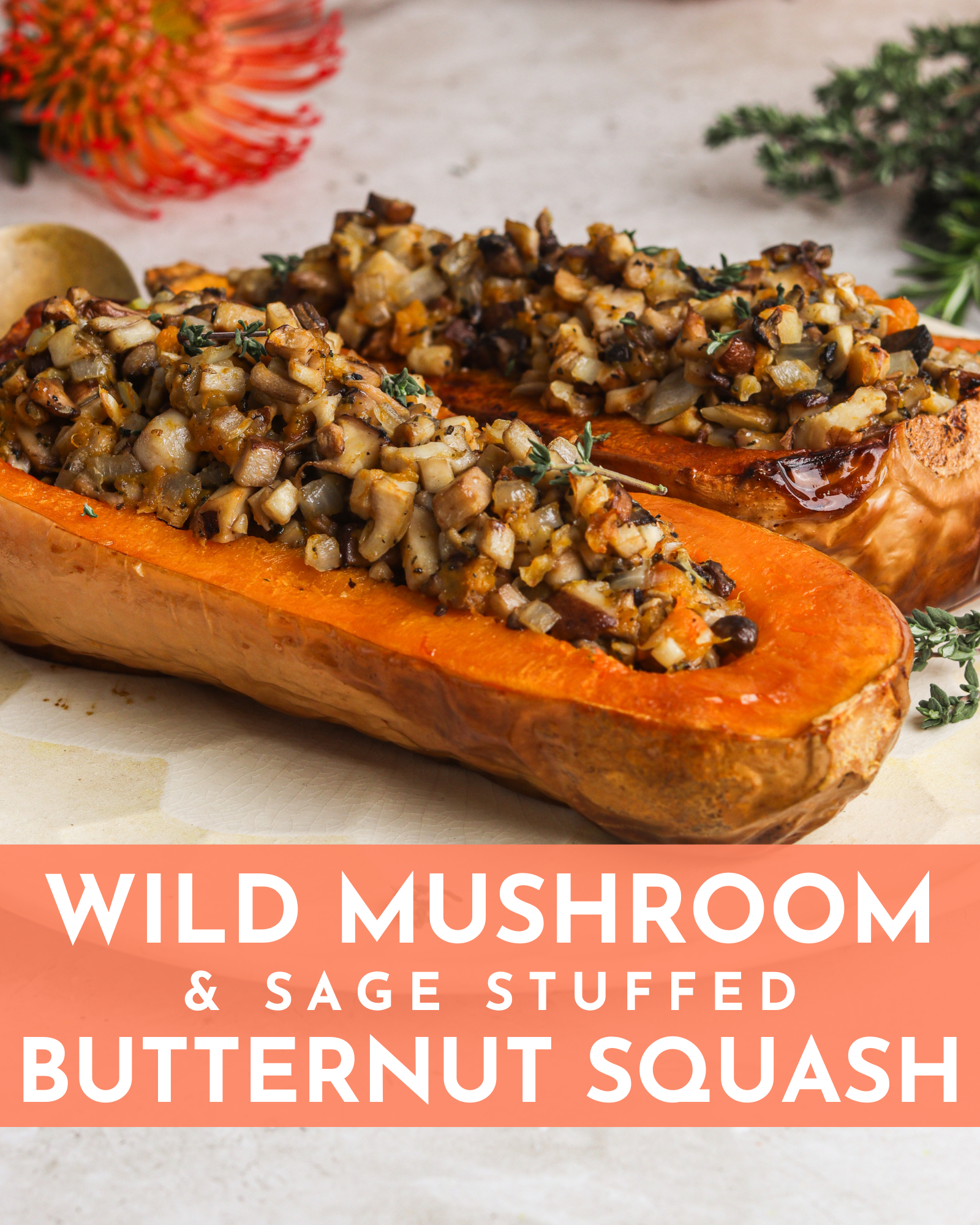
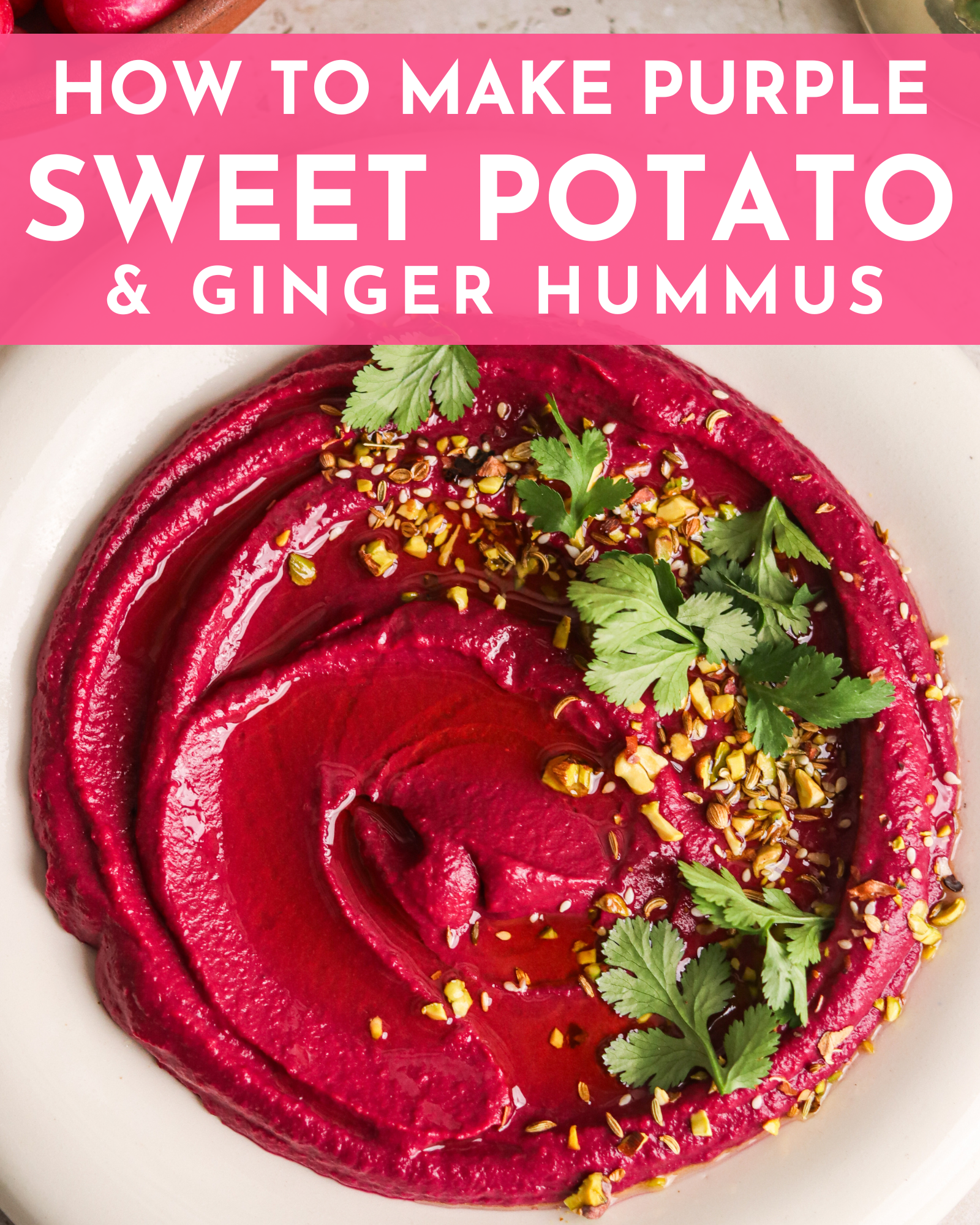
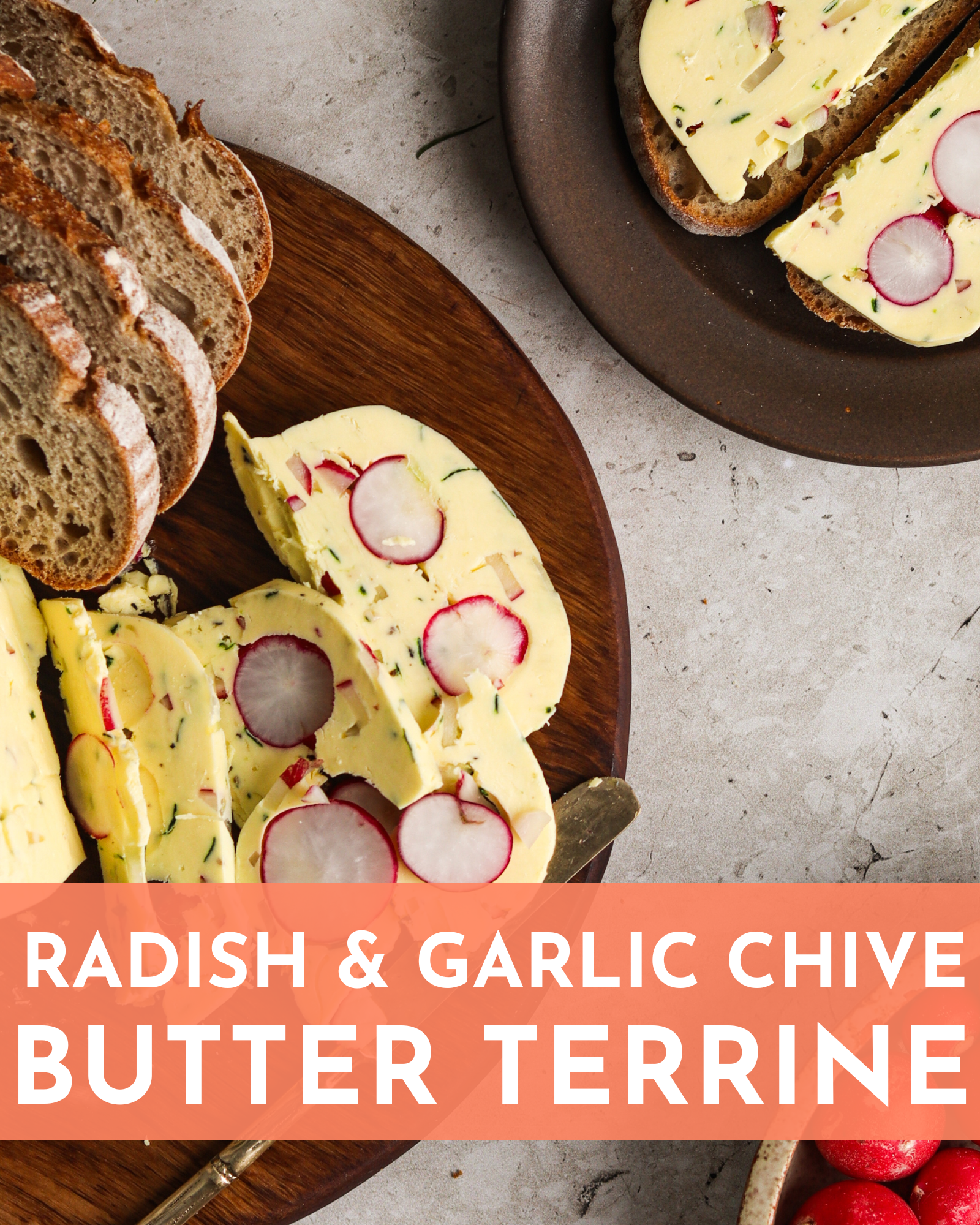
Thanks Jade!! Will keep this info in my files for sure! So much useful information. Great tips — had no idea about most of them!